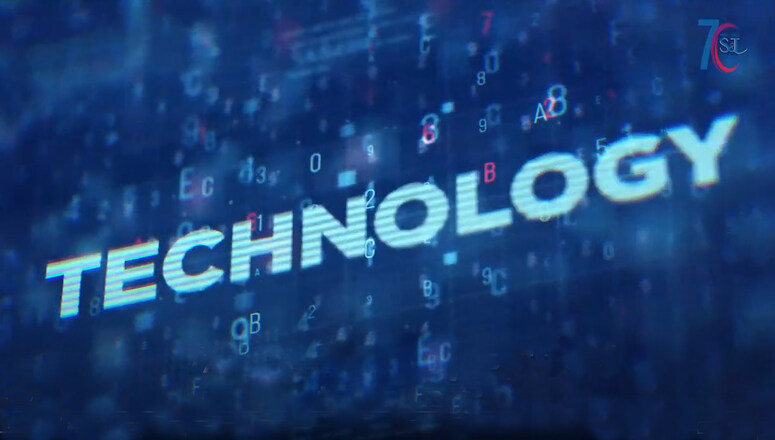NATO marks 70 years of scientific and technological research
In 2022, NATO marks 70 years of collaborative scientific and technological research at the service of Alliance defence and security.

Scientific collaboration between NATO nations was first institutionalized in 1952, at the initiative of scientist Dr Theodore von Kármán, in recognition of the critical role that Science and Technology (S&T) plays in ensuring that the Alliance retains its military advantage over potential adversaries. At the time, scientific cooperation within NATO focused primarily on aerospace. The spectrum has since broadened to include applied vehicle technology, human factors and medicine, information systems technology, modeling and simulation, sensors and electronics, systems analysis and studies, and sensors and electronics. In addition, nations work together on maritime research and experimentation at a dedicated NATO-owned laboratory in La Spezia, Italy.
John-Mikal Størdal, Director of NATO’s Collaboration Support Office in Paris, welcomed the anniversary, saying: “Science and Technology activities are not an end in and of themselves, but an efficient means to strengthen NATO’s ability to deter and defend. Our key to success is to foster a knowledge-community that excels in science and technology and that is firmly anchored in the strategic and operational needs and requirements of our armed forces. Together, we address essential challenges and opportunities at the intersection between new technologies and the security concerns of our nations and the Alliance. And that scientific progress creates tangible, efficient and productive results.”
Since 2012, NATO’s Science and Technology Organisation (STO), building on the legacy of previous NATO research organisations, has brought together military operators, government laboratories, industry and academia, providing a critical forum where ideas can be tested and collective creativity exploited. Over decades, the Alliance has developed the world’s largest international collaborative network for Science and Technology in defence and security. Today, the STO’s network of around 5,000 scientists and researchers from 40 NATO Allied and partner countries is working on more than 300 projects.
More recently, STO’s research has been at the forefront of NATO’s work on emerging and disruptive technologies (EDTs) and has helped inform NATO’s new chemical, biological, radiological and nuclear (CBRN) defence policy.
Looking ahead, climate change and energy security will also be areas of focus for NATO’s scientific research.
